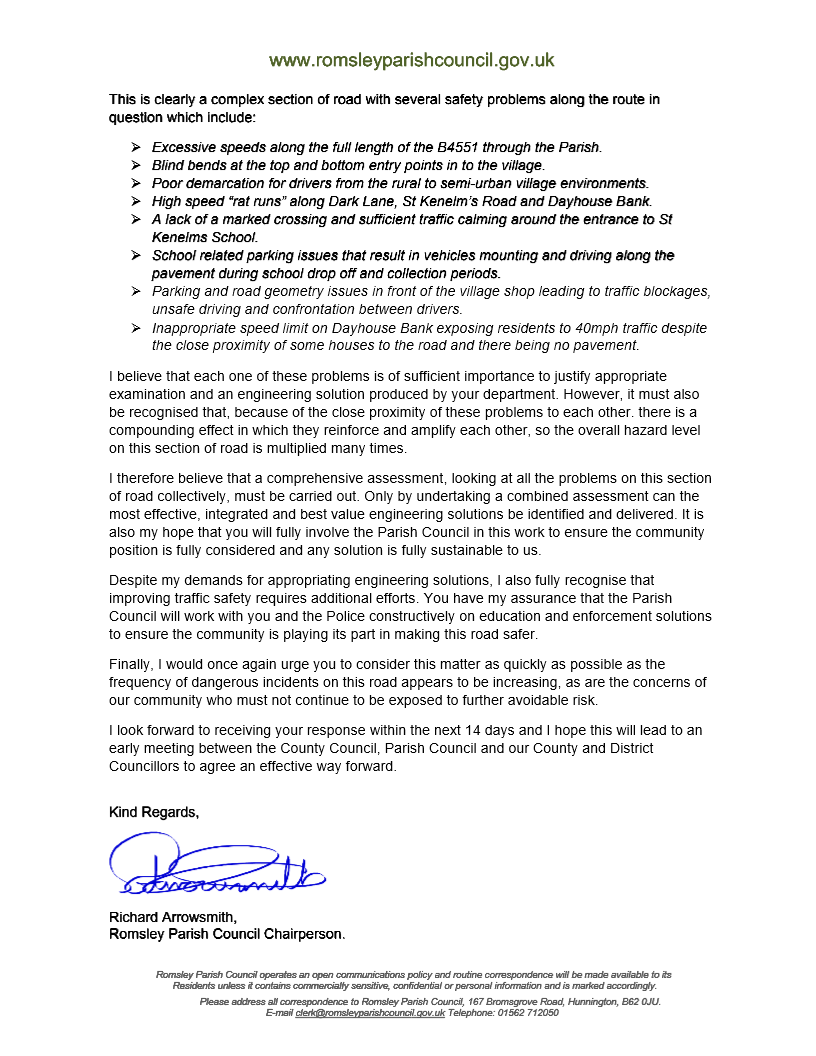
The Council Of Trent Summary
Medieval conquest mod how to adjust the ai settings download. I don't recall adding the option to disable it, however unlike ACOK/Brytenwelda, it applies to all troops, not just the player. And it only applies when below 20% health (the less health, the more likely you stumble).Also its 3 animations, the actual stumbling animation would only get picked 2% of the time, you'll usually see the other animations more often than it due to that animation forced rarity (the other animations are less intrustive, but still dictate that the unit is in a injured status).
The.In May 1536 Pope Paul published a bull of for his proposed council to be held in Mantua. He also authorized a select group of cardinals to draw up a report on the abuses within the church.
Paul III - Paul III - The Council of Trent.: In May 1536 Pope Paul published a bull of convocation for his proposed council to be held in Mantua. He also authorized a select group of cardinals to draw up a report on the abuses within the church. Guided by Cardinal Gasparo Contarini, this group denounced the ordination of poorly prepared priests, the selection of incompetent bishops, the. The Catholic Counter Reformation - The Council of Trent and the Jesuit Order In 1545, the Catholic Church convened one of its most famous councils in history. It took place north of Rome in a city called Trent. The Council of Trent continued for three sessions ending in 1563. One of its main purposes was to plan a counterattack against Martin.
Guided by Cardinal, this group denounced the ordination of poorly prepared priests, the selection of incompetent bishops, the accumulation of benefices, and the decadence of the religious orders, preaching, and the care of souls. The report, however, fell into Protestant hands and was used by in a violent attack on the Roman Church and the papacy. Nevertheless, the Pope pursued his plans to hold the council, scheduled to open on May 23, 1537, at Mantua.
With patience, Paul sought to overcome the opposition of Emperor, kings, prelates, and princes, proroguing and postponing the council’s opening again and again over the course of nine years, but finally succeeding in having it inaugurated by his legate, Cardinal Giovanni del Monte, in Trent on Dec. 13, 1545.In deference to the clamouring of the Protestants, the Emperor insisted that the council confine itself mainly to dealing with and reform.
Nevertheless, the decision that doctrinal matters be given prevailed, and, in its early sessions, the Council of Trent hammered out decrees on the canon of the Scriptures, justification, and the sacraments, as well as on reform. Fears of the plague and the menace of an attack by armed Protestant forces induced the Pope to accept the council’s transfer to Bologna in February 1548.

But the Emperor forbade the Spanish and German prelates to go to Bologna, and the Pope had to suspend the Council on Sept. Nevertheless, this first phase of the Council of Trent had achieved a substantial step forward, leading to a thorough reform of the Church’s teaching and discipline.Throughout his pontificate, Pope Paul frequently visited trouble spots in the and beyond. He was in Civitavecchia in 1535 and 1537; visited Lucca and on his way to Nice in 1538; appeared in to pacify the city after his forces broke the power of the in 1540; and in 1543 visited Bologna on his way to Busseto to meet the Emperor. Patronage of the arts.As a patron of the arts, Pope Paul restored the, increased the subsidies and importance of the Vatican Library, and showed favour to theologians and canonists but did not neglect the fine arts. He into finishing the fresco “The Last Judgment” in the, decorating the Pauline Chapel, and completing the plans for the construction of the new St.
Peter’s Basilica. He used Antonio da Sangallo the Younger and a host of architects to renew the fortifications of and the Papal States, continued the construction of the Sala Regia (Royal Hall) in the Vatican, and ordered the reconstruction of the buildings on the Capitoline Hill.In the midst of grave family, political, and military setbacks, the Pope visited the Quirinal Palace in Rome in early November 1549 and was taken with a raging fever. Clear-minded to the end, he received the last sacraments and died on November 10, in his 82nd year. On his deathbed he is reported to have repented of his nepotism.